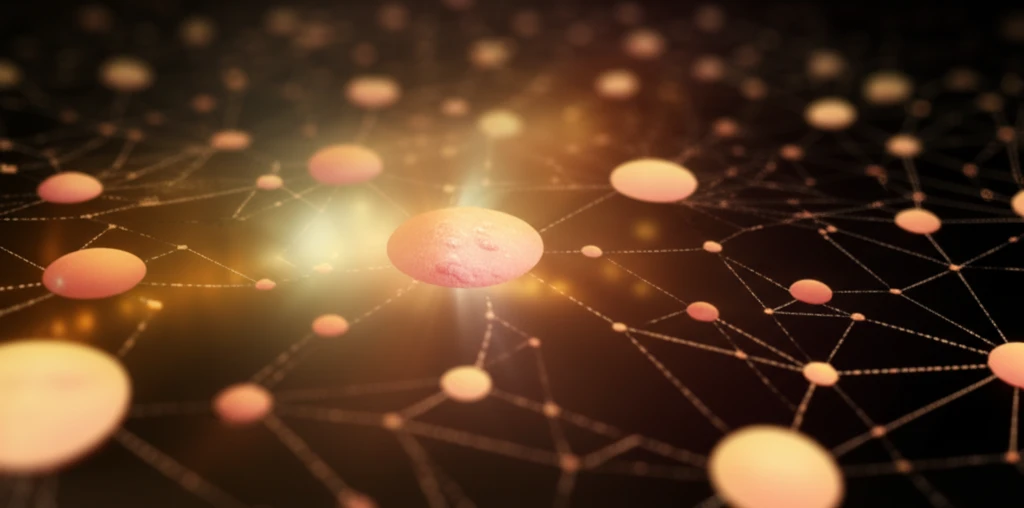
Healing Connections: How Social Networks Impact Chronic Skin Lesion Care
"Discover the crucial role of social support in managing chronic skin lesions and how healthcare professionals can foster stronger connections."
Chronic skin lesions, defined as those lasting six weeks or longer, are a significant health concern due to their impact on individuals and their families. Beyond the physical discomfort, these lesions can lead to psychological distress, social isolation, and economic burden, making them a complex public health issue.
In Brazil, where skin lesions affect people of all ages and backgrounds, healthcare professionals play a vital role in providing adequate care. Primary care nurses are particularly important, offering services like listening, guidance, and treatment. However, care often focuses on the biological aspects of the lesion, overlooking the crucial social and emotional factors that influence a patient's well-being.
To provide truly comprehensive care, nurses must consider the biopsychosocial factors affecting both the patient and their social network. Recognizing that chronic skin lesions have far-reaching effects, this article delves into the dynamics of social networks in patients with these conditions, aiming to understand how these connections can be strengthened to improve patient outcomes and quality of life.
The Power of Connection: Unveiling Social Networks

A recent qualitative study explored the social networks of individuals living with chronic skin lesions. Researchers conducted semi-structured interviews with nine participants, analyzing their relational maps based on Lia Sanicola's Social Network framework. This approach focused on both the structure and function of the participants' relationships.
- Primary Network: Primarily composed of relatives and neighbors, these networks often displayed a small size, low density, and limited exchange. This indicated a degree of fragility in these crucial connections.
- Secondary Network: Dominated by healthcare services, highlighting the importance of professional support. Nurses were identified as key figures in linking patients to therapeutic resources.
- Family Dynamics: While family members often provided direct wound care, the study noted instances of strained or broken relationships, indicating potential emotional challenges.
- Limited External Connections: The study observed limited engagement with secondary networks like workplaces or community organizations, pointing towards social isolation resulting from the chronic condition.
Building Bridges: The Path Forward in Chronic Skin Lesion Care
This research highlights the critical need to recognize and strengthen the social networks of individuals living with chronic skin lesions. These networks serve as vital sources of emotional, practical, and informational support, influencing treatment adherence, overall well-being, and quality of life.
The study emphasizes the pivotal role of primary care nurses in fostering these connections. By building trust, offering guidance, and connecting patients with relevant resources, nurses can empower individuals and their families to effectively manage chronic skin lesions and combat social isolation.
Ultimately, a holistic approach that integrates medical treatment with social and emotional support is essential for improving the lives of those affected by chronic skin lesions. Further research is needed to explore and optimize interventions that strengthen social networks and promote comprehensive care.
